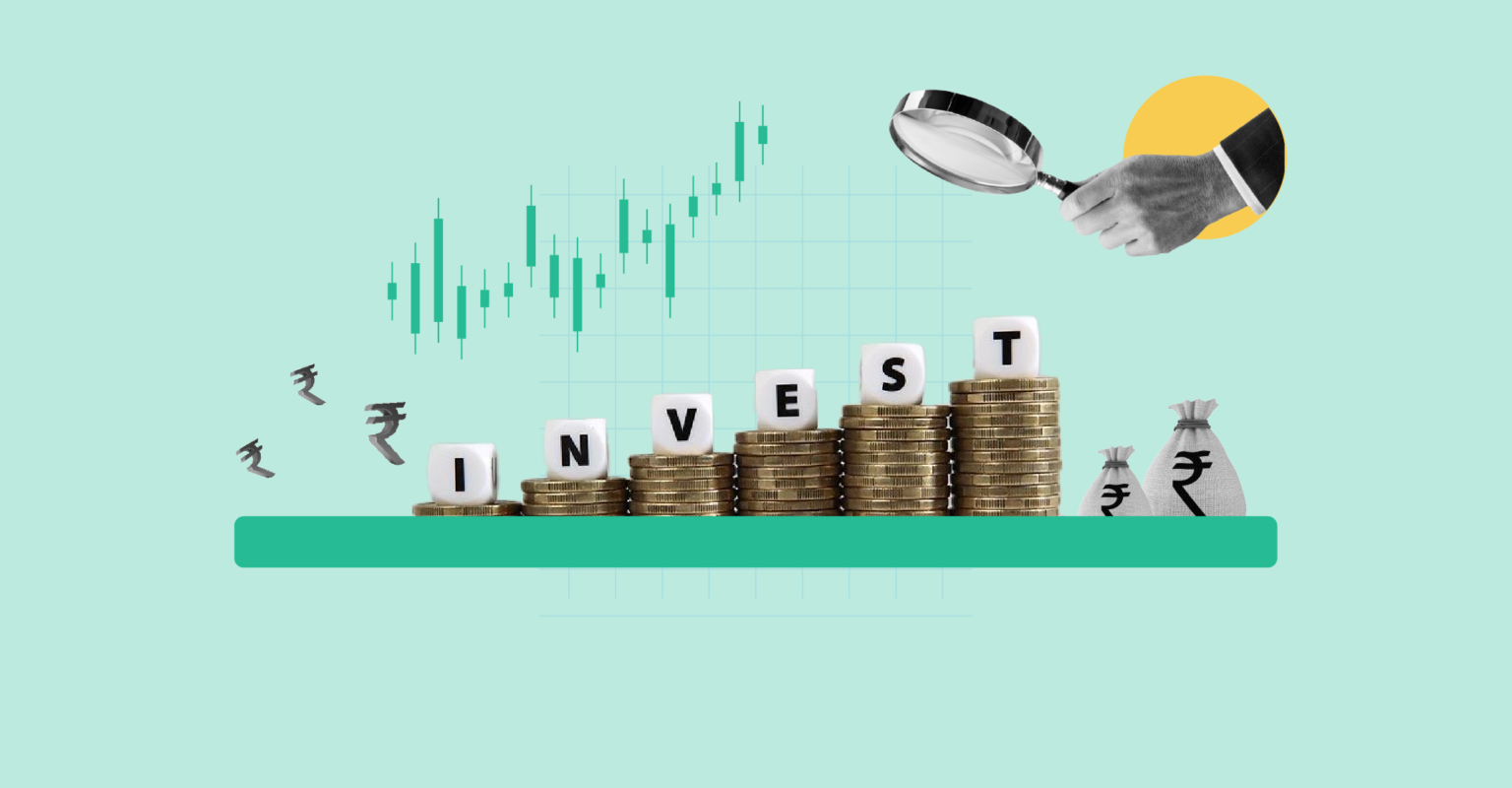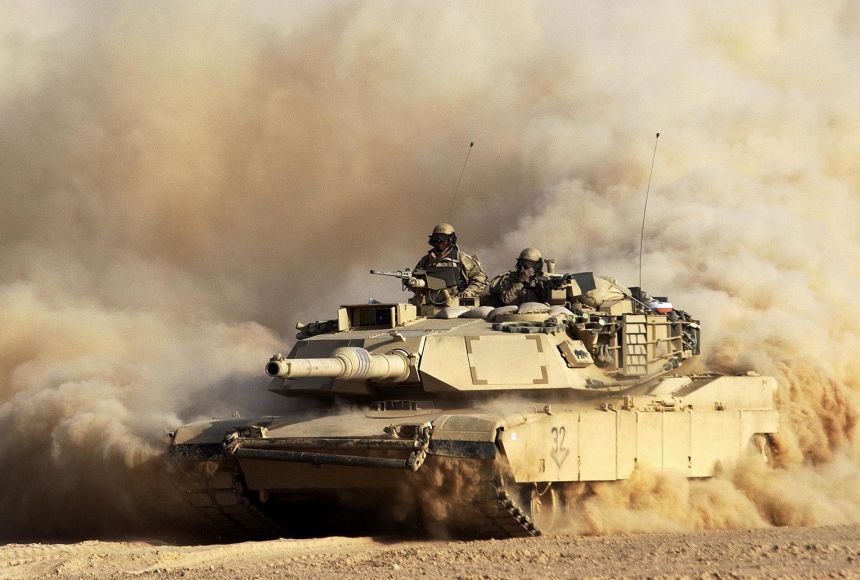Impact of implied volatility on options and strategies:
Often, we realize that despite the view being correct, we do not make money in the option trade. One of the component which erodes the return of a trade for an option buyer is the implied volatility
Relationship between Implied volatilities and spread strategies in options:
Implied volatility (IV) is basically the expectation of the market in terms of how volatile the stock will be in future. It is generally estimated on an annualized basis.
In mathematical terms, IV is the standard deviation of the stock price. It is the number which feeds into the black scholes model for estimation of the option price. For this article, we need not get into the mathematics of it but lets understand it from the practical perspective.
Higher the IV, the more will be the expectation of the stock movement. Hence higher will be the price of the option (as greater movement will lead to better payoff in the option). Hence increased implied volatilities make the options expensive.
Also, generally the IV when plotted against strike is like a smile – which means IV is minimum for option strikes which is at the money and increases as the option prices go deeper out of money.
Practical example:
Now combining the above 2 concepts – if we want to buy a spread (lets say a call spread) – we will end up buying a call closer to underlying price strike and selling a call away from the underlying price. The bought call will thus have lower IV as compared to the sold call.
Hence from the above we can conclude there will be the following forces on the option payoff due to IV impacts:
a. Increased IV would mean that the call spreads will be more expensive as the markets expect the underlying to move significantly leading to higher option price and hence a higher spread price.
b. If the underlying moves in your favor, the IV of the bought option will increase (as it gets in the money) and sold option will slowly reduce as it gets closer to the money.
Conclusion:
Hence when preparing a spread, it becomes more profitable only when the IV is lesser at inception (since costs of options is lesser). If the IV is higher at inception, then it is better to be on the sell side of the spread from the vega perspective. So, next time while buying an option/ spread – check if the IV is low enough (generally I use IV percentile to make this judgement – IV relative to its historical IV data – a 20%ile or lower is a good IV to buy and 80%ile and higher are good IVs to sell)


